



Time: 11:00-11:30
Whether in production halls or warehouses, office buildings or sales rooms - light is needed everywhere. Light creates a comfortable environment and therefore has a positive influence on health, mood, productivity and safety. The corresponding lighting systems have to guarantee energy-efficiency, economical operation and must not be viewed in isolation in the building environment.
Modern lighting management with DALI offers more than the possibility of saving energy and costs in lighting control – It combines profitability and resource efficiency with comfort and flexibility for both general and emergency lighting. It is helpful here that the DALI-2 standard brings even more openness and flexibility and therefore also lighting quality to lighting management.
In practice, implementation requires a consistent approach from planning over commissioning to use and, finally, also maintenance. It is important here that the requirements are clearly formulated from the beginning and these requirements differ significantly according to the type of building. The basis for this is always a well thought-out lighting management system. Using daylight sensors and presence detectors or multi-sensors as well as suitable luminaires, it eventually ensures that the required illumination level is available with minimum energy consumption. In addition to DALI, the lighting management system must have other standardized communication interfaces in order to communicate with higher-level systems such as a building automation system or a specific cloud application.
While the general lighting, including emergency lighting, in production halls or warehouses can still be viewed in isolation in several cases, the situation in other non-residential buildings such as office buildings and educational buildings is different. Not least because of the EU Energy Performance of Building Directive (EPBD), which came into force on 9 July 2018, measures must be taken among the various building systems to improve the overall energy efficiency of buildings and to coordinate the systems responsible for lighting, air-conditioning and shading. This is also where EN 15232 / SIA 386.110 "Energy efficiency of buildings - influence of building automation and building management" comes in, which regards lighting in the context of other building systems and divides automation and management solutions into efficiency classes.
The presentation "Energy efficiency, safety and comfort with DALI lighting management" demonstrates the possibilities that modern DALI-based lighting management systems offer users and operators to positively influence lighting quality from constant light control to human-centric lighting (HCL). It will also be discussed how lighting management can be integrated into building automation systems in view of the current standardization and legal situation for economical, energy-efficient and thus CO2-reducing operation.
>> Back to the DALI Summit program
Market Management—Building Automation
WAGO Kontakttechnik GmbH
 Dirk Dronia has been involved in building automation for 30 years as an electrical technician and economic technician. This includes working with standardized communication protocols for simple, interdisciplinary system integration of lighting, shading, room and HVAC automation as well as technical building equipment in general.
Dirk Dronia has been involved in building automation for 30 years as an electrical technician and economic technician. This includes working with standardized communication protocols for simple, interdisciplinary system integration of lighting, shading, room and HVAC automation as well as technical building equipment in general.
Having spent the last 15 years working in business development, marketing and market management, Dirk Dronia still benefits from the fact that he has never lost the practical relevance he has gained as an measuring and control technologies technician and trainer.
>> Back to the DALI Summit program
